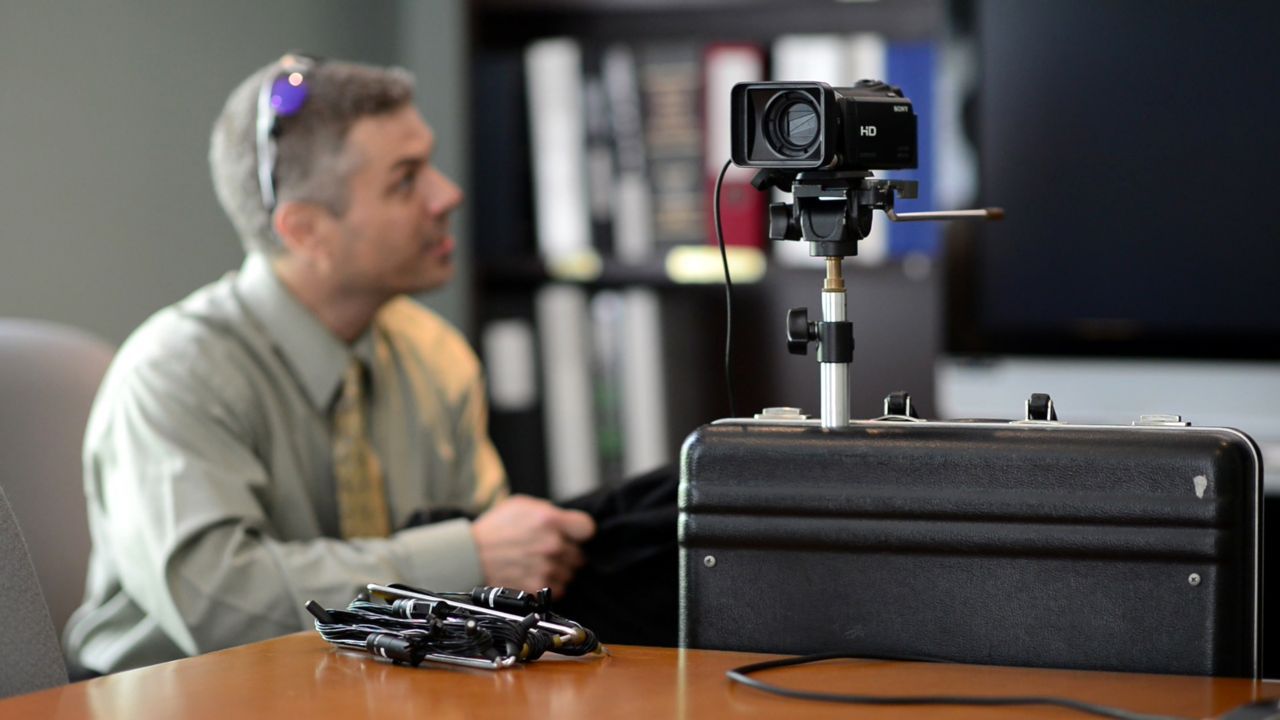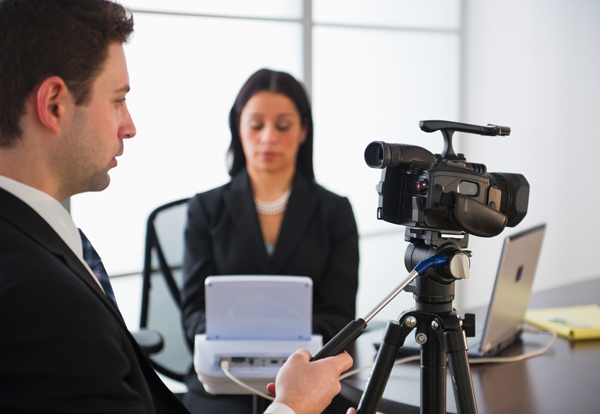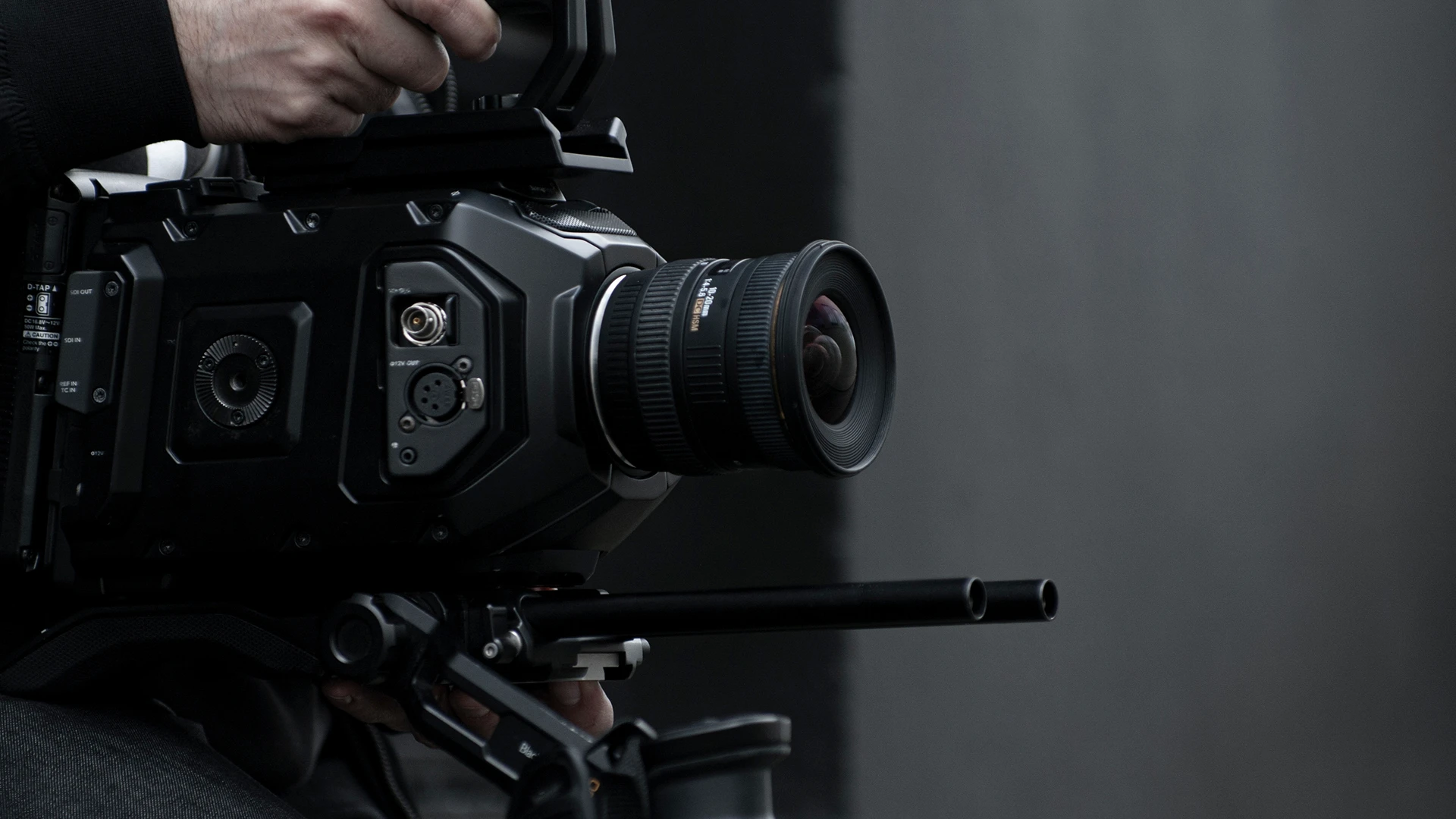The Art of Court Coverage: Techniques and Best Practices
Court reporting is a precise craft that requires accuracy, emphasis, and an eager eye for information. As the silent guardian of legal procedures, court press reporters play a crucial role in capturing and protecting the talked word with steady precision. Through the art of transcription, they transform spoken language right into composed records that stand as the backbone of lawful documents. Nonetheless, the course to ending up being a competent court reporter is led with obstacles that call for skill, experience, and a proficiency of different methods. From developing active paying attention abilities to accepting innovative innovation tools, the trip in the direction of excellence in court reporting is multifaceted and vibrant.
Significance of Listening Skills
Efficient court reporting relies greatly on the advancement and application of sharp listening abilities. Court reporters play a crucial function in accurately recording legal process, making sure that every spoken word is recorded with precision and interest to information. By developing their listening abilities, court reporters can record nuances in tone, focus, and emotion, offering an extensive document of the procedures.
Sharp paying attention abilities allow court reporters to browse challenging acoustic settings, such as congested courtrooms or fast-paced discussions, without missing out on critical details. These abilities additionally encourage them to distinguish between speakers, recognize technological terms, and precisely transcribe complicated lawful jargon. Additionally, energetic paying attention allows court reporters to expect the flow of discussion, making sure that they are always one step in advance in documenting the process.
Enhancing Transcription Accuracy
Court reporters' proficiency of sharp listening skills straight contributes to the enhancement of transcription precision in lawful procedures. Together with these skills, using innovative modern technology plays a crucial duty in additional refining the accuracy of transcriptions.

In addition, continuous training and professional advancement are crucial for court reporters to remain upgraded on lawful terms and treatments. By honing their skills and staying informed about market criteria, stenotype reporter can consistently deliver highly accurate transcriptions that support the stability of legal procedures.
Using Innovation Devices
Incorporating modern technological tools right into the court reporting procedure dramatically boosts transcription performance and precision. Court press reporters can gain from a variety of software applications developed click to read specifically for their career. Real-time transcription software application enables reporters to transcribe talked words instantly, improving the rate and accuracy of the process. In addition, voice acknowledgment innovation can be used to convert spoken words visite site into message immediately, reducing the demand for hands-on transcription.
Video clip conferencing devices enable court press reporters to attend remote hearings and depositions, increasing their reach and flexibility. Cloud-based storage space solutions use convenient and safe options for keeping and accessing transcripts. Moreover, digital stenography makers with advanced functions such as multifunctional display screens and enhanced connection options simplify the reporting process.
Handling Time Effectively
Time monitoring is critical in court coverage as it includes transcribing spoken words accurately and promptly. Prior to a court session, court press reporters ought to familiarize themselves with the case information to prepare for the flow of conversation and prioritize essential details. In addition, using shorthand and abbreviations can significantly speed up the keying procedure, allowing court press reporters to maintain up with fast-paced discussion.
In addition, setting reasonable deadlines for finishing transcripts is important in managing time properly. By developing achievable objectives and sticking to a routine, stenotype reporter can prevent last-minute hurries and make sure timely distribution of transcripts. Welcoming innovation tools such as speech acknowledgment software application can also assist in accelerating the transcription process, maximizing more time for reviewing and editing and enhancing. Eventually, by developing their time management abilities, stenotype reporter can enhance their efficiency and provide high-quality records efficiently.
Preserving Professionalism And Trust

Professionalism for stenotype reporter includes dressing appropriately for court, arriving early to establish equipment, and conducting themselves with self-respect throughout the process. They need to continue to be neutral and avoid engaging in any type of actions that might jeopardize their neutrality. In addition, preserving confidentiality and making certain the accuracy of the records are vital to upholding the requirements of the profession.

Verdict
To conclude, understanding the art of court coverage needs honing necessary paying attention skills, guaranteeing transcription accuracy, leveraging technology devices, taking care of time effectively, and maintaining professionalism and trust whatsoever times (COURT REPORTING DURHAM). By incorporating these techniques and ideal techniques into their work, stenotype reporter can properly record and record court procedures with precision and quality
As the silent guardian of legal process, court reporters play an essential role in recording and protecting the spoken word with steady accuracy. By honing their listening abilities, court reporters can record nuances in emotion, focus, and tone, supplying an extensive document of the proceedings.
Court press reporters' mastery of sharp paying attention skills straight contributes to the improvement of transcription accuracy in lawful procedures. Prior to a court session, court reporters need to familiarize themselves with the instance details to prepare for the flow of discussion and prioritize essential info.Professionalism for court press reporters includes dressing suitably for court, arriving very early to establish up devices, and performing themselves with dignity throughout the process.